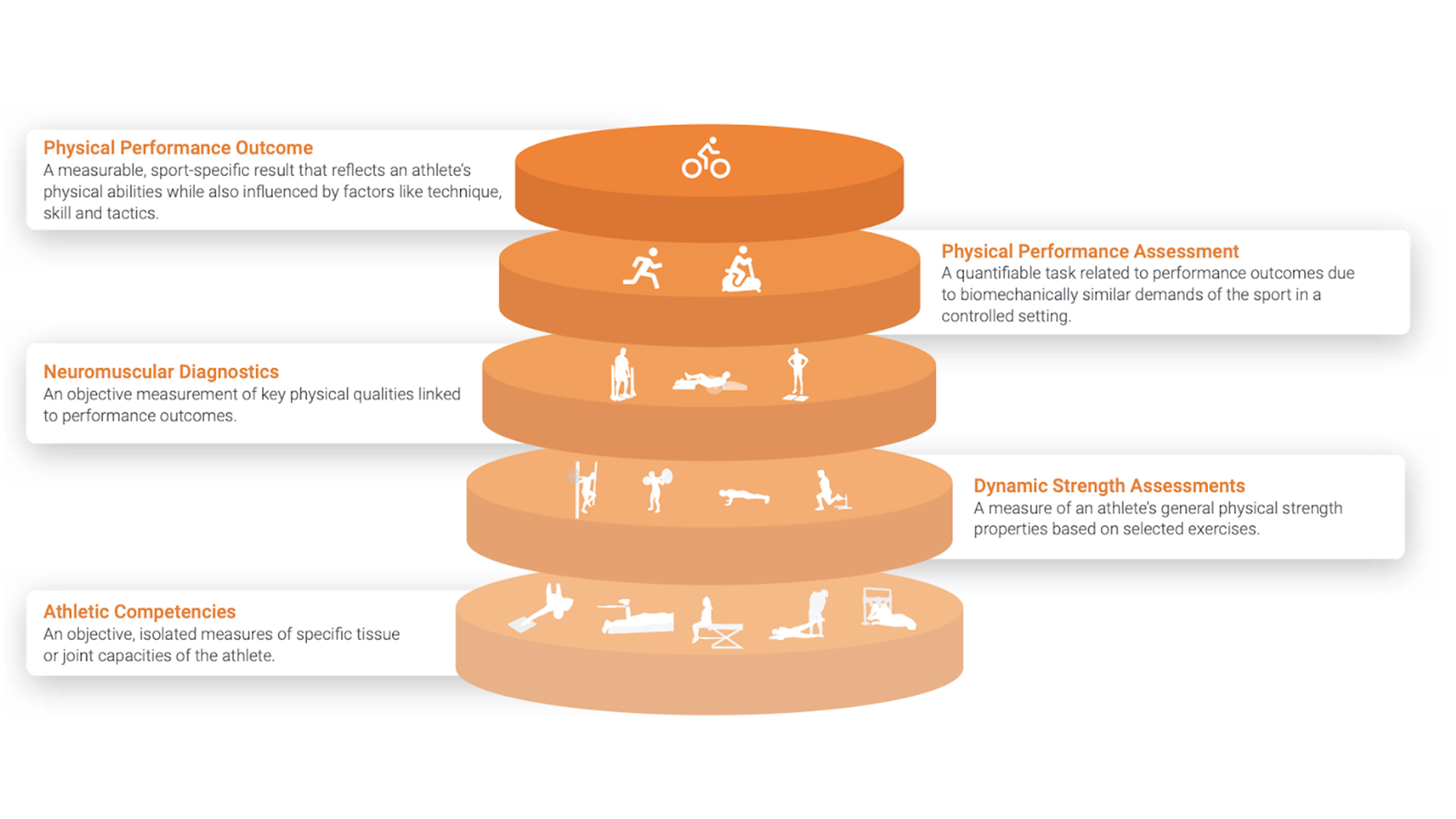Walking is not only one of the most accessible forms of physical activity, but it is also extremely easy to integrate into everyday life. Without the need for specialized equipment or expensive gym memberships, walking is an activity that anyone can start immediately. Whether you’re a young man in your twenties or a person in their golden years, walking offers numerous health and fitness benefits, adapting to individual needs and abilities. In addition to strengthening the heart, muscles, and bones, regular walking can also improve mood, reduce stress, and increase overall vitality.
Regular physical activity has a profoundly positive impact on health, potentially offering similar effects to certain drug interventions in terms of mortality benefits. In fact, it has been proposed as an alternative or supplement to traditional drug therapy. Walking at a pace of 5–8 km/h expends enough energy to qualify as moderate intensity and represents a simple and accessible means of meeting physical activity guidelines. Systematic reviews and meta-analyses have consistently demonstrated the various health benefits of walking, including improvements in fitness, reduction in fatness, and lower resting blood pressure. Moreover, walking contributes to better blood pressure control, weight loss, alleviation of depression, and prevention of cardiovascular disease risk. [1]
Regular physical activity has a profoundly positive impact on health, potentially offering similar effects to certain drug interventions in terms of mortality benefits. In fact, it has been proposed as an alternative or supplement to traditional drug therapy.
Hanson, S., & Jones, A. (2015). British Journal of Sports Medicine, 49, 710–715.
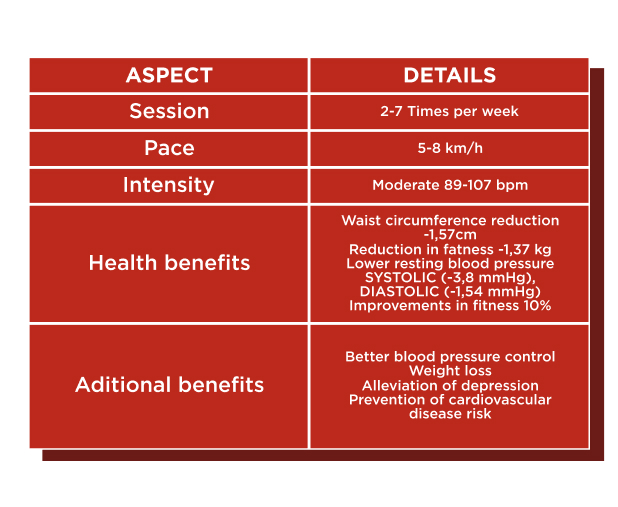
Stepping into Action: Getting Started with a Walking Routine
As novice walkers initiating a walking regimen, it’s imperative to understand that even seemingly moderate activity, given our previous sedentary lifestyle, can exert significant demands on our bodies. Establishing realistic and attainable objectives is of utmost importance to ensure sustainable progress. For example, targeting distances ranging from 500 to 1000 meters can provide an adequate starting point for our walking endeavors.
Moreover, careful consideration should be given to the selection of appropriate footwear, guaranteeing comfort and suitability for walking or running activities. Similarly, when choosing walking routes, it’s advisable to align them with our current level of walking proficiency, initially favoring level terrains devoid of steep inclines (both uphill and downhill), and opting for familiar, well-marked paths to uphold stringent safety standards and minimize the likelihood of injury. By incrementally enhancing our endurance and familiarity with walking, we can facilitate a seamless and enjoyable transition into a consistent regimen of physical activity.
Proper Walking Technique
When focusing on maximizing the benefits of walking, it is important to understand and practice proper walking technique to achieve optimal results. Additionally, body posture plays a crucial role in maintaining stability and preventing injuries during walking.
When we walk, we need to be aware of the position of the entire foot and gently tilt it forward to evenly distribute the weight of the body and prevent excessive strain on the heels. This is particularly important for preventing lower back and joint pain. Our arms should be free by our sides, ready for a quick reaction in case we stumble or lose balance. At the same time, gently extending the chest forward helps maintain proper body alignment and promotes deeper breathing.
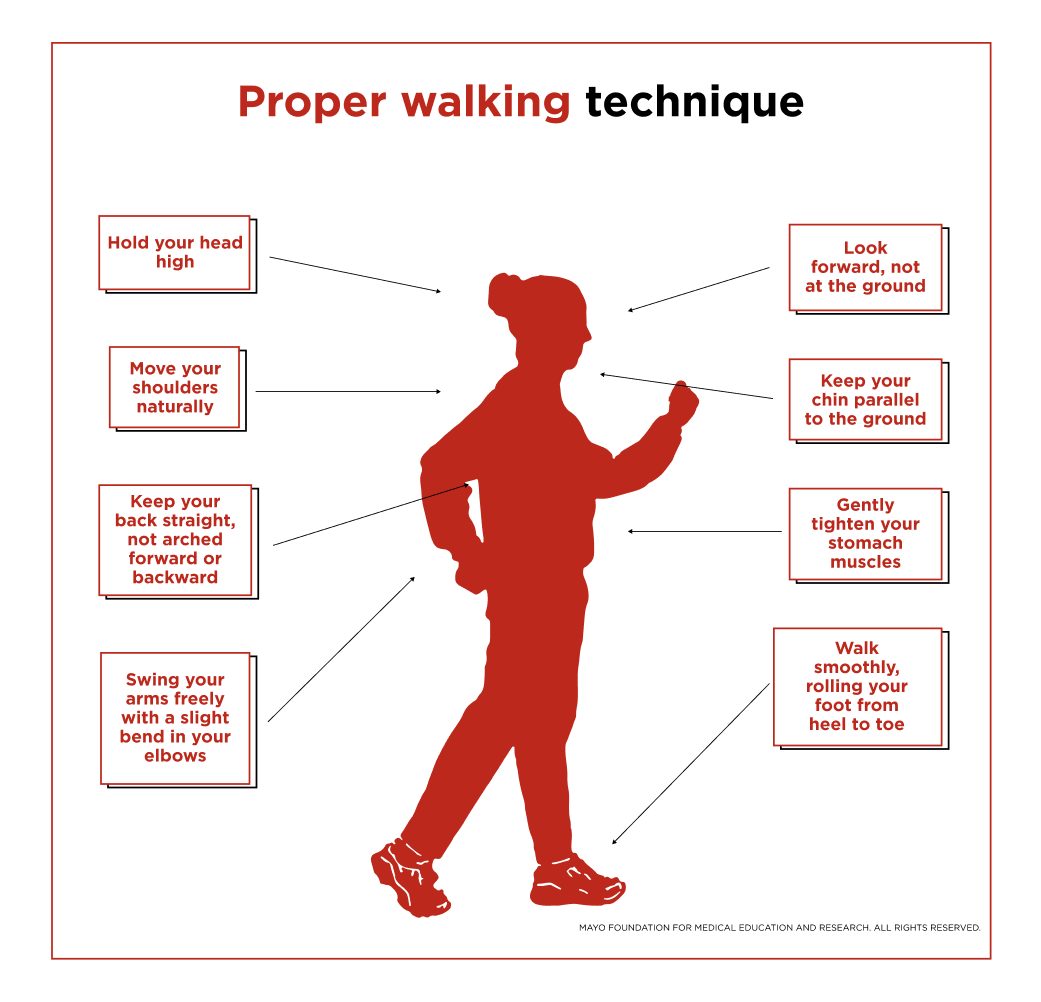
Nevertheless, in some situations such as walking on forest trails, we need to be aware of our surroundings and adjust our attention to the terrain, which may require looking down to avoid obstacles like roots or rocks. Preserving correct walking technique and body posture enables us to enjoy walking without unwanted consequences, promoting and maintaining our physical and mental well-being.
Walking for Weight Loss: Strategies for Success
Our body utilizes energy from food for movement. There are two energy processes for obtaining energy: one is aerobic, where energy is obtained in the presence of oxygen, while the other is anaerobic, where the energy process occurs without the presence of oxygen.
To better understand where walking falls within the energy processes of our body, we will explain the training zones in more detail. There are several methods for determining training zones, but we will adhere to the 5-zone method. Zone 1 is the aerobic threshold zone, or the zone of extensive aerobic training. Zone 2 is the anaerobic threshold zone, or the zone of intensive aerobic training. Zone 3 is the interval aerobic training zone, while Zones 4 and 5 are the anaerobic glycolytic and anaerobic phosphagen training zones.
Walking as a training activity is classified as low-intensity aerobic training, specifically in the training Zone 1. We will monitor the intensity of walking through heart rate and walking speed. Our body in rest and within Zone 1 training utilizes fats for energy, and by walking at a speed of 5 to 8 km/h and a heart rate frequency at 50-60% of maximum, we will initiate fat metabolism. To determine the maximum heart rate value, typically a test to establish the maximum heart rate should be conducted. However, as such tests are demanding and quite dangerous for untrained individuals, we can estimate the heart rate frequency for walking using the formula 220 bpm – age.
Using this method, for a person aged 42, we would obtain a maximum heart rate value (HRmax) of 178 bpm, meaning the walking zone would range from 89 to 107 bpm. Additionally, we must adjust the walking speed based on heart rate frequency, so beginners may reach their heart rate frequency at 5.5 km/h in the zone, while advanced individuals may achieve higher walking speeds within the same zone.
How to walk during the week to burn as many calories as possible?
On Monday, Wednesday, and Friday, we will engage in continuous walking for 40-50 minutes at a speed of 5.5-6 km/h with an average heart rate of 90-95 beats per minute. On Tuesday and Saturdays, we will incorporate interval walking, which means we will increase the intensity of walking to 6.5 to 7 km/h for a certain period, with an elevated heart rate up to 110 beats per minute, or we will find an incline approximately 50 meters in length and walk up it 5 times, using the opposite direction of the incline for rest.
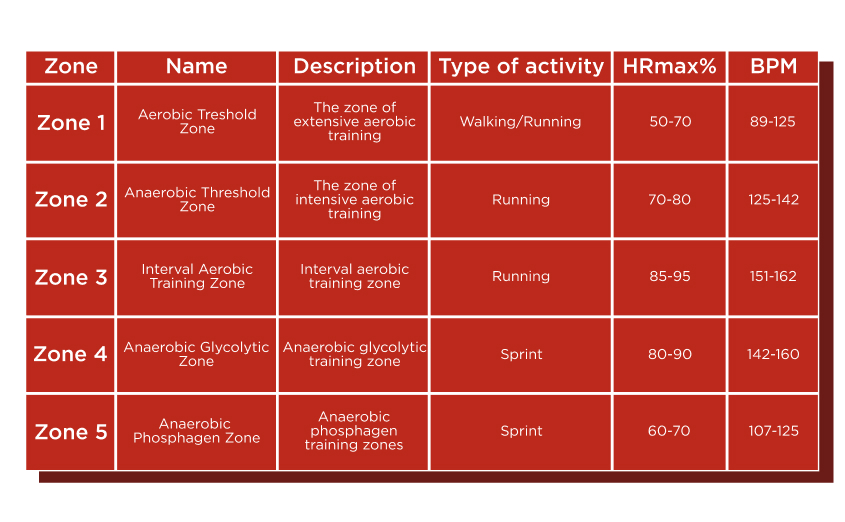
On Tuesdays and Saturdays, we will also add some basic bodyweight exercises at the end of each incline, including 10 bodyweight squats, 10 push-ups or modified push-ups, 10 good mornings, and 10 vertical arm pulls to strengthen the upper back. At the end of each walk during the week, we will perform static stretching for 3-5 minutes to improve flexibility.
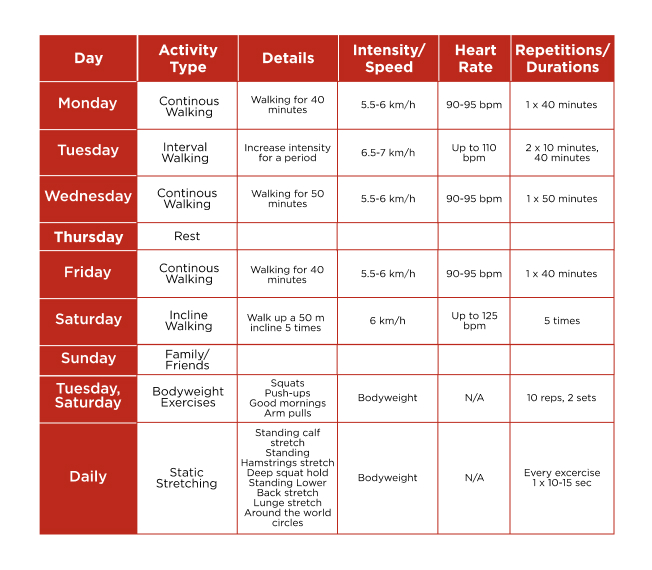
Conclusion
Walking is one of the most enjoyable activities for managing body weight, especially since it is often done in company and in nature, allowing us to break away from everyday life. Through walking, we discover new places unknown to us and meet new people. By walking for 60 minutes, we are able to burn up to 600 kcal; however, it is important to maintain a proper and balanced diet in order to maximize results.
To keep walking interesting and maintain motivation, as well as stay disciplined in our walking routine, we can always invite someone to join us or join a walking group, and even participate in organized nature trips to various locations, and pre-plan each walk and activity in calendar events.
References
- Hanson, S., & Jones, A. (2015). Is there evidence that walking groups have health benefits? A systematic review and meta-analysis. British Journal of Sports Medicine, 49(11), 710-715. doi: 10.1136/bjsports-2014-094157. PMID: 25601182; PMCID: PMC4453623.
- Kelly, P., Murphy, M., & Mutrie, N. (2017). The Health Benefits of Walking. In P. Kelly (Ed.), Walking (Transport and Sustainability, Vol. 9) (pp. 61-79). Emerald Publishing Limited.
- Mayo Clinic. (n.d.). Proper Walking Technique. Retrieved from https://www.mayoclinic.org/healthy-lifestyle/fitness/multimedia/proper-walking-technique/img-20007670
- Bok, D. (2019). Visoko-intenzivni intervalni trening: čaroban trening za zdraviji život. Medicus, 28, 155-165.
- Bok, D. (n.d.). Praćenje opterećenja u treningu izdržljivosti. Zagreb, Kineziološki fakultet Sveučilišta u Zagrebu. Kineziološki fakultet Sveučilišta u Zagrebu.



